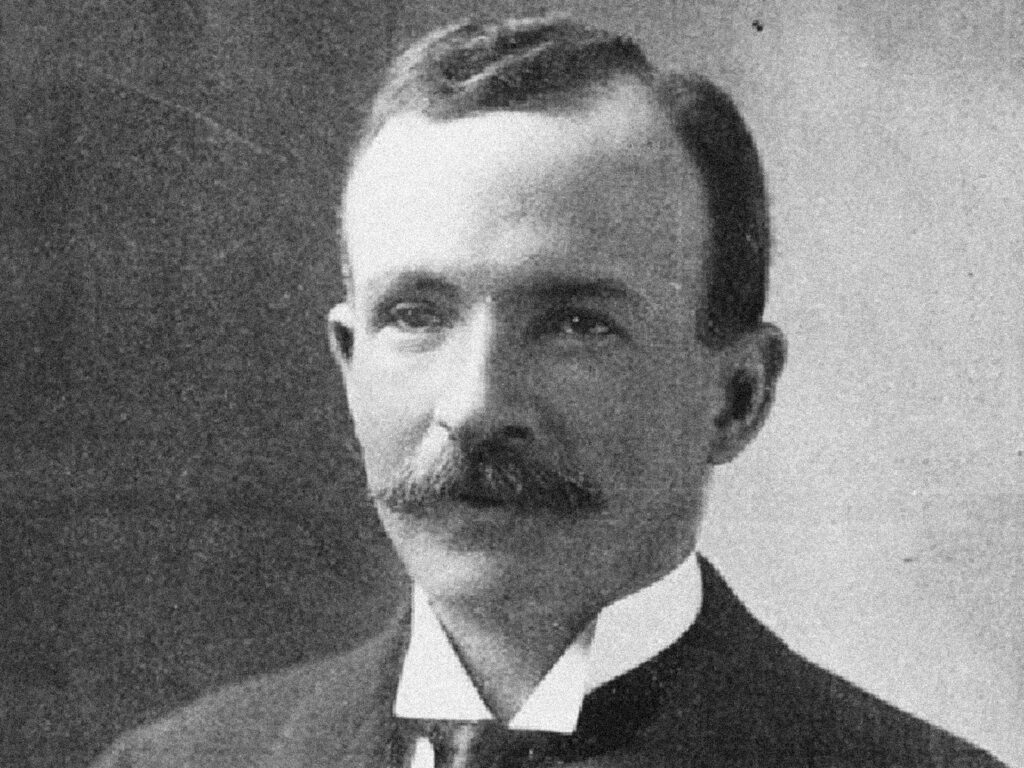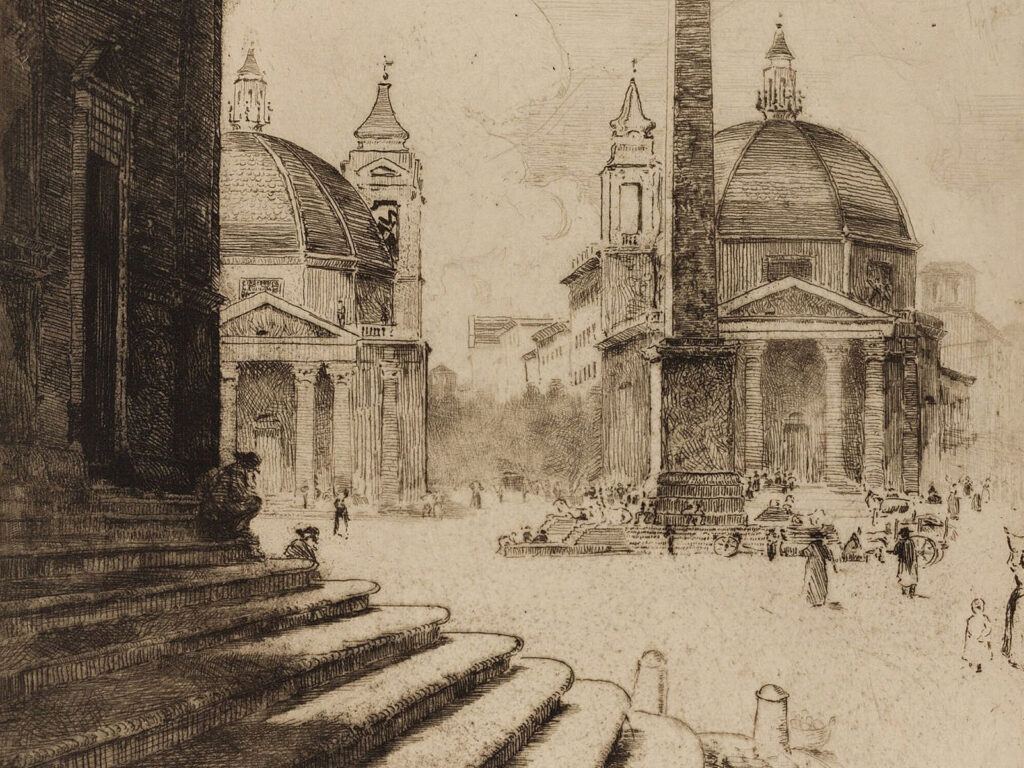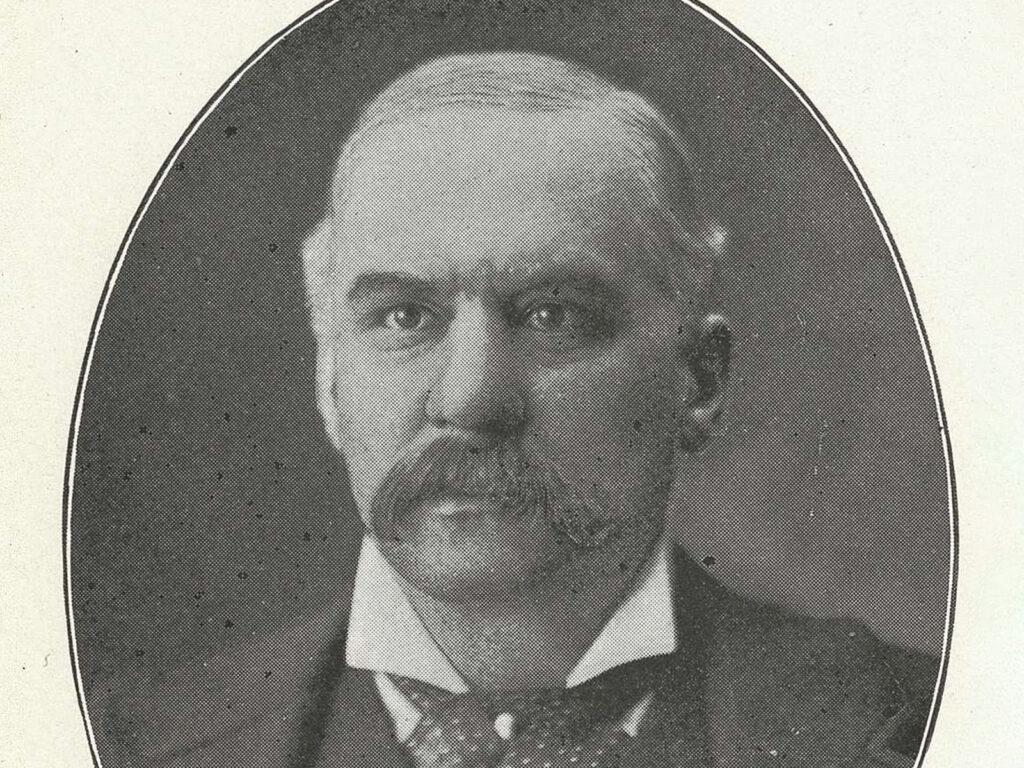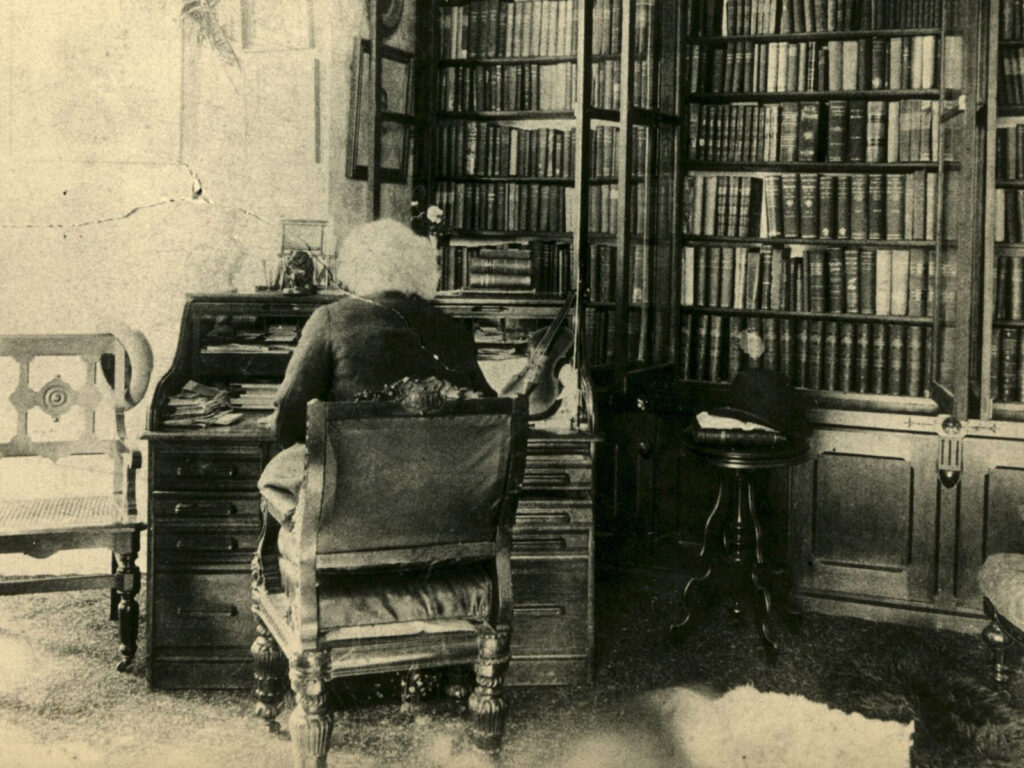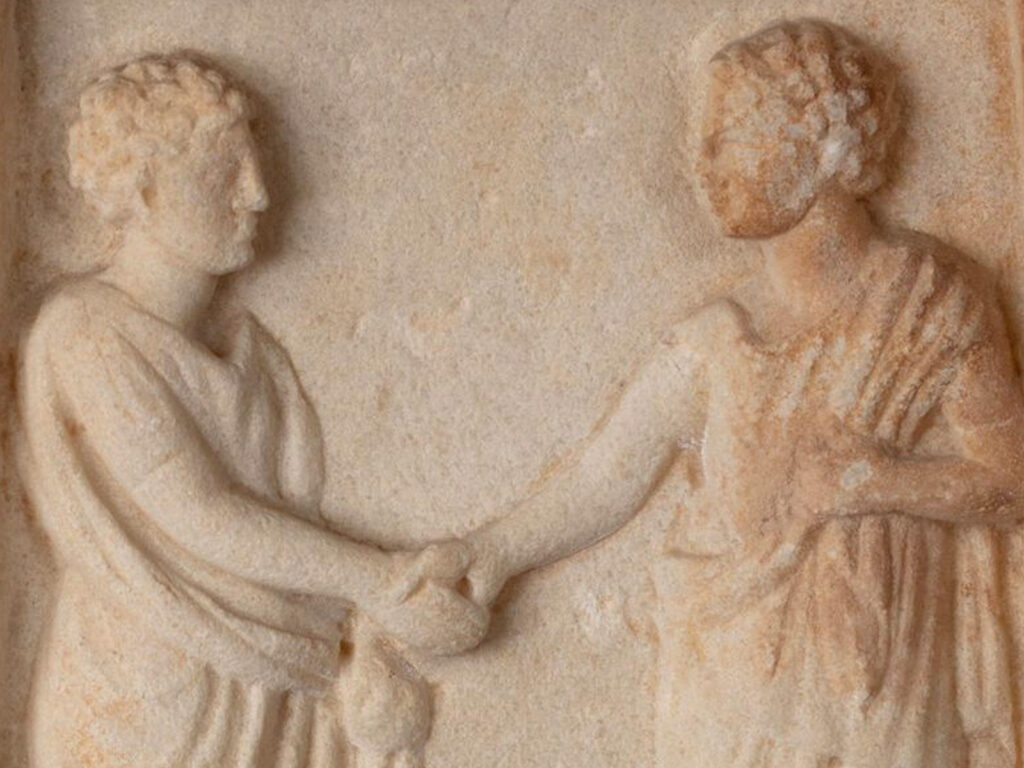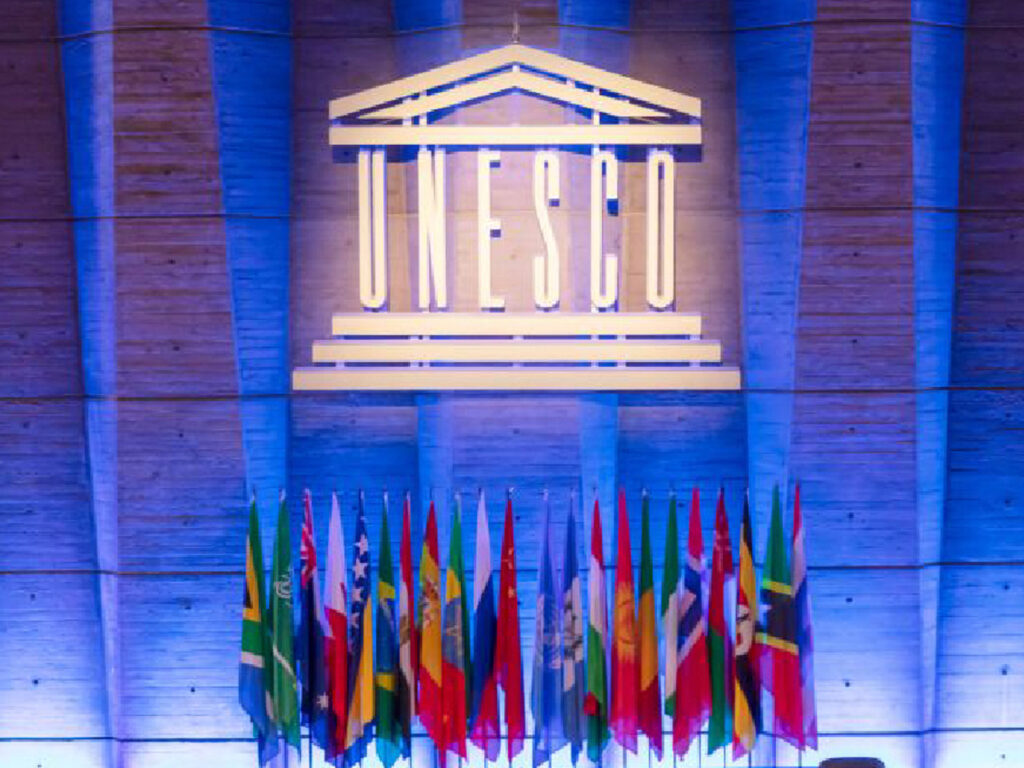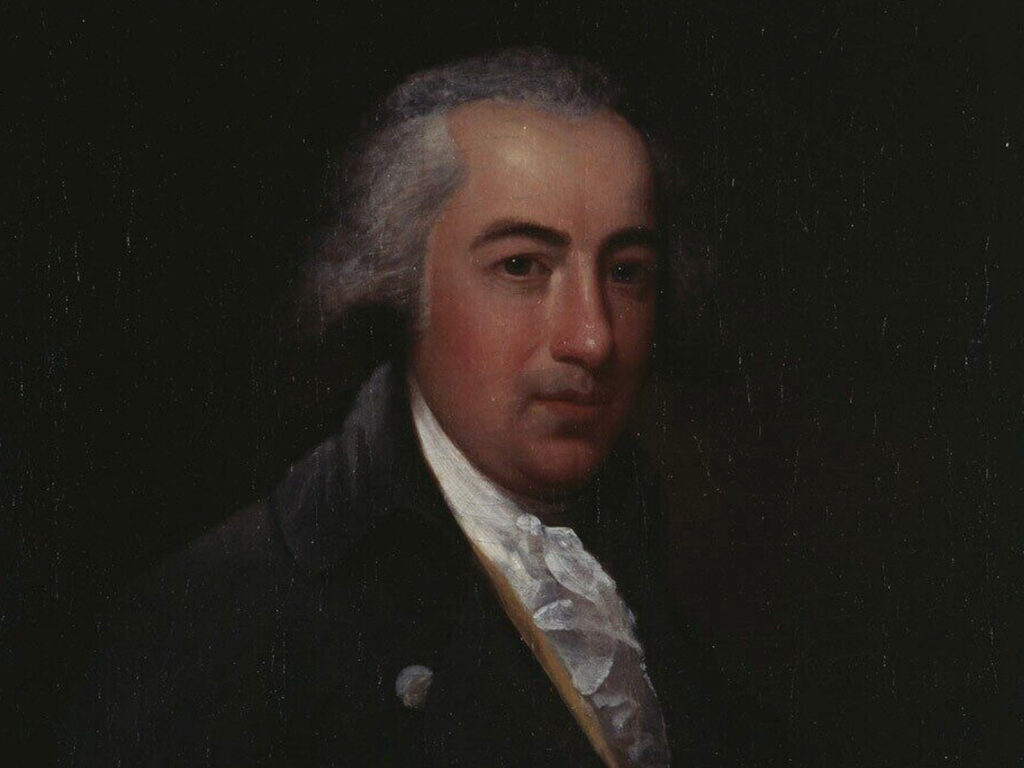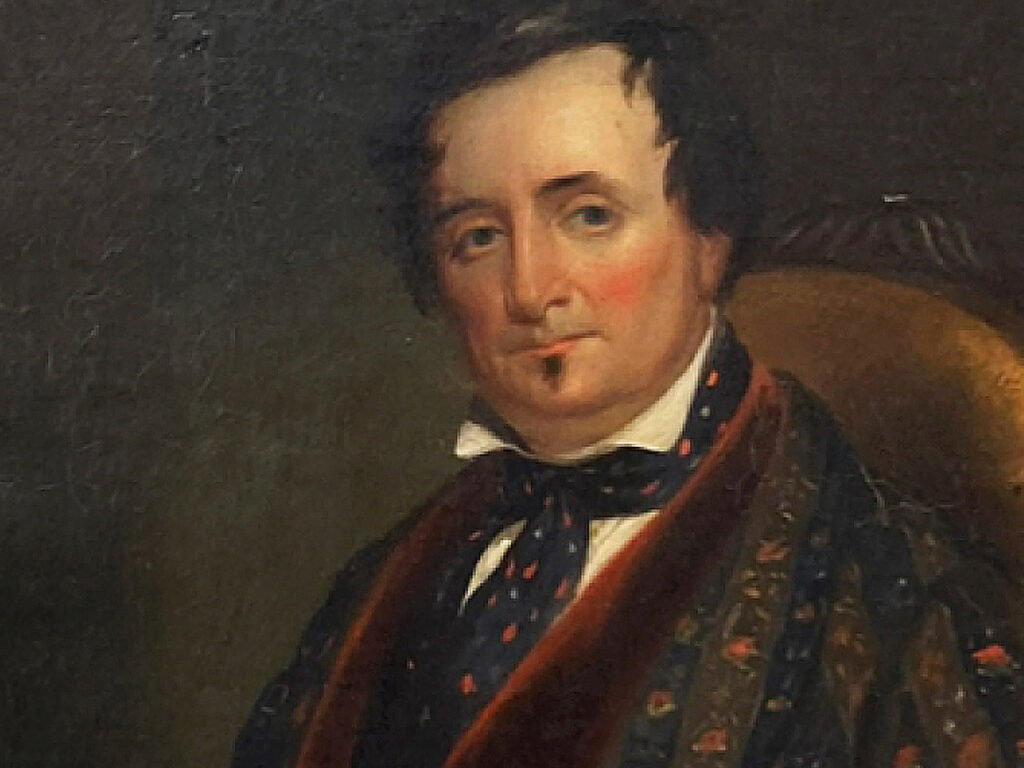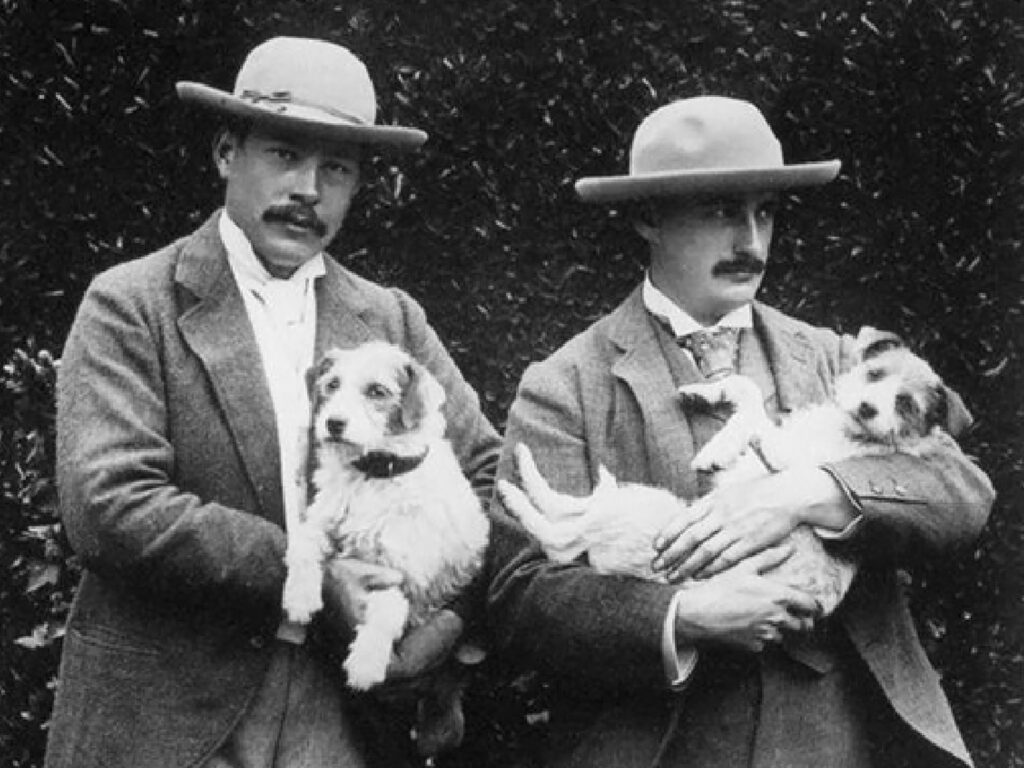“The first figure was a stately Minerva; but a second glance produced a laugh, for the words ‘Women’s Rights’ adorned her shield, a scroll bearing the motto ‘Vote early and often’ hung from the beak of the owl perched on her lance, and a tiny pestle and mortar ornamented her helmet. Attention was drawn to the firm mouth, the piercing eye, the awe-inspiring brow, of the strong-minded woman of antiquity, and some scathing remarks made upon the degeneracy of her modern sisters who failed to do their duty.”
—Louisa May Alcott, Jo’s Boys, 1886
In this description of an imagined tableau vivant enacted by students at the fictional Plumfield Estate School, Louisa May Alcott’s novel reflects the nineteenth-century American public’s complex associations of antiquity with art and architecture, education, and politics. With her playful reference to the Greek Parthenon Sculptures at the British Museum, Alcott even demonstrates that such ancient imagery could be readily harnessed for the modern cause of female suffrage—effectively demonstrating that aspiration’s consistency with the rhetoric of Mediterranean antiquity routinely adopted by the framers of the republican government of the United States during its formation.
But in recasting “antiquity” to suit her agenda, Alcott also unwittingly reveals how, in the United States, “antiquity” is all too frequently conflated with an account of the Mediterranean—that is, Greco-Roman art, literature, history, and culture—to the exclusion of other regions. This equation is both surfaced and deconstructed with care and insight by Sean P. Burrus, Andrew W. Mellon Postdoctoral Curatorial Fellow and Interim Curator at the Bowdoin College Museum of Art—together with his collaborators—in Antiquity & America: The Ancient Mediterranean in the United States. Burrus’s ambitious two-part project comprises both this electronic resource and the remarkable eponymous exhibition (March 31, 2022–February 5, 2023).
Alcott’s novel appeared less than a decade before Bowdoin College witnessed the 1894 completion of the Walker Art Building, designed by the celebrated architecture firm McKim, Mead, and White, famous for its neo-classical architecture. But the world Alcott evokes through her description of the progressive Plumfield school (an entity first introduced through the author’s 1871 novel Little Men), complete with its own Laurence Museum, suggests that the features of an exemplary American education included extensive exposure to the lessons of Mediterranean antiquity, not just as historic phenomena but as a living embodiment of American intellectual, cultural, and political values.
Long hidden in plain sight, Americans’ embrace of ancient Mediterranean political ideology—read “classical” antiquity—permeates our environment through architecture, the imagery on our currency, and even the design of such seemingly prosaic implements as the fire hydrant, which frequently resembles a small Doric column. Tellingly, even the appellation “classic” simultaneously collapses exemplars of ancient Mediterranean art with laudatory instances of contemporary culture. Describing something as an “instant classic,” for example, conveys the highest praise. It is this relationship between the literary, the political, and, above all, the visual language of “American” identity that this exhibition both mines and exposes, moving toward a deeper understanding of Mediterranean antiquity in the United States.
The long history of the Bowdoin College Museum of Art, the nucleus of which reflects the eighteenth-century art holdings of the Bowdoin family, positions this institution as an extraordinary microcosm of the collecting of ancient Mediterranean art in the United States from the late eighteenth century to the present. Among the storied individuals whose generosity and taste for these objects are reflected at the BCMA are James Bowdoin III, George W. Boyd, Edward Perry Warren, Mary Sophia Walker and Harriet Sarah Walker, Susan Dwight Bliss, and Mark and Lottie Salton. Even the Museum’s historic McKim, Mead, and White home, the Walker Art Building, marks the epitome—and perhaps the apogee—of neoclassicism in the late nineteenth-century United States.
This detailed electronic resource, like the exhibition it accompanies, explores the history of both the collecting and the teaching of ancient Mediterranean culture at Bowdoin College from the time of the College’s founding in 1794 to the present day. We are deeply grateful to the numerous Bowdoin College faculty members from multiple disciplines as well as Bowdoin students, past and present, who have contributed their expertise to this publication, including Barbara Boyd, Dana Byrd, Tess Chakkalakal, Darien Gillespie ’24, Jim Higginbotham, Jennifer Kosak, Michael Nerdahl, Lucy Siegel ’22, Susan Wegner, and Brooke Wrubel ’21.
Extending beyond Bowdoin’s campus, to the broader history of collecting in the United States, we thank the authors—Lisa Brody, Elise Friedland, and Elizabeth Humphrey ’14—who explore the importance of ancient Mediterranean artworks for individuals as diverse as Thomas Jefferson, Frederick Douglass, and J.P. Morgan, and for the very conceptualization of the architecture of the American capitol. Central to this project has been the opportunity to examine in depth the motivations and aspirations of prolific collectors whose generosity has shaped the holdings of the Bowdoin College Museum of Art in critical ways. For their development of the biographies of these individuals we thank Laura Sprague and Brooke Wrubel.
This web-based resource also makes accessible not only traditional reproductions but also three-dimensional representations, which enable readers of this catalogue to view key objects—including the Walker Art Building—from a variety of angles. We are indebted to our colleagues at Monticello—Emilie Johnson and Tabitha Corradi—for granting the BCMA access to create a digital scan of Ariadne, a small marble copy of a first century CE Hellenistic sculpture that James Bowdoin III gifted to Jefferson in 1804 (then believing it to represent Cleopatra). We thank our colleague David Israel for his work producing the remarkable, annotated three-dimensional models of Ariadne and of the Walker Art Building in addition to the three-dimensional scans of numerous other sculptural objects in the show. We also appreciate his broader support with technical questions related to the development of this web resource.
The electronic publication you are now reading represents an exciting step for the Museum: its first extensive web-based resource replacing a conventional catalogue. The development of this resource has been supported by numerous colleagues. We thank Nancy Micklewright and Sana Mirza at the Smithsonian’s National Museum of Asian Art for sharing wisdom developed during the creation of their website: The Sogdians: Influencers on the Silk Roads. We express our sincere appreciation to Adam Squires and Dan Shields of CHIPS for the site’s design. We are grateful for the invaluable editorial and project management support for this project provided by Jedd Hakimi and Candace Opper of Point Line Projects.
This publication accompanies a magnificent show, on view at the BCMA from March 31, 2022–February 5, 2023. While the bulk of the objects included in the exhibition come from the Museum’s own holdings, we are deeply appreciative to many friends for making possible key loans. In particular, we thank our colleagues at Monticello, the Newark Art Museum, and the Portland Museum of Art, together with John and Mary McGuigan and a longstanding friend of the museum who wishes to remain anonymous.
At the Bowdoin College Museum of Art, we are indebted to the incredibly dedicated team of professionals that made possible Antiquity & America: The Ancient Mediterranean in the United States as a publication and an installation. We acknowledge with great appreciation the vision and diligence of Sean Burrus, who led this effort. We also thank Leslie Bird, Suzanne Bergeron, Frank Goodyear, Michelle Henning, Jim Higginbotham, Jo Hluska, Laura Latman, Sabrina Lin ’21, Liza Nelson, José Ribas, Amanda Skinner, and Adam Talbot. We express our appreciation to David Francis for his assistance with technological questions related to the website and the exhibition. We are enormously grateful to the Bowdoin students who have supported us through their work on this project as interns: Andria Polo Brizuela ’22, Lucy Siegel, Brooke Wrubel, Cheng Xing ’23, and to Darien Gillespie, a summer fellow in Classics, who helped research the history of the teaching of Classics at Bowdoin. As always, I express, on behalf of all my colleagues at the BCMA, our thanks to the Museum’s Advisory Council, to Dean of Academic Affairs Jennifer Scanlon, and to President Clayton Rose.
No project can happen without generous financial support. For the critical resources that have made possible the realization of Antiquity & America: The Ancient Mediterranean in the United States we acknowledge, with our profound thanks, the Andrew W. Mellon Foundation.
